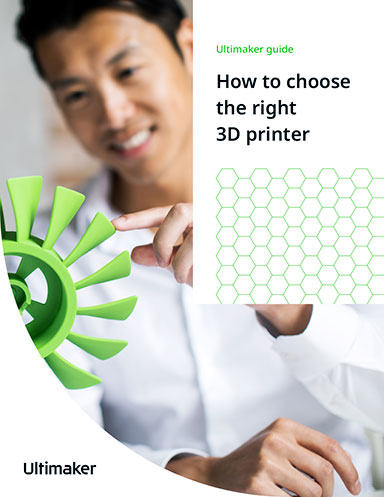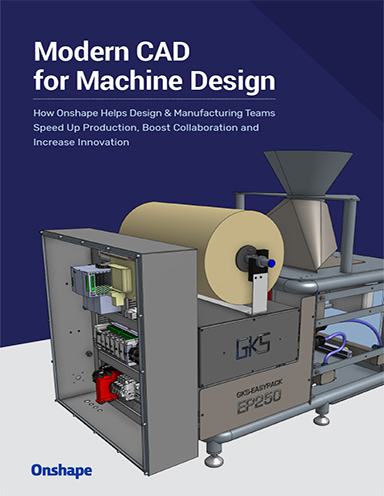LSU Mechanical Engineering Faculty Teams Up With NASA
For the past 18 months, two researchers have been experimenting with alloys used in liquid rocket engine components made by additive manufacturing (AM) methods.
Latest News
June 10, 2022
Thanks to a NASA EPSCoR (Established Program to Stimulate Competitive Research) and Louisiana Board of Regents grant, LSU Mechanical Engineering Professors Shengmin Guo and Michael Khonsari are working with NASA and LaSPACE to advance additively manufactured alloys to help reduce cost and lead times.
“Our goal through EPSCoR and other partnerships is to advance technologies, including novel alloys, for our missions and commercial spaceflight partners,” says Paul Gradl, NASA principal engineer at Marshall Space Flight Center in Huntsville, AL. “Part of our role is to understand the additive manufacturing processes better and provide accessible data so that NASA and industry can make better use of these processes and novel alloys.”
For the past 18 months, Guo and Khonsari have been experimenting with alloys used in liquid rocket engine components made by additive manufacturing (AM) methods, such as laser powder-bed fusion (L-PBF) and laser powder-directed energy deposition (LP-DED) methods. When NASA makes parts using additive manufacturing, the parts cost 50% less to produce than parts made with traditional manufacturing, and parts can also be produced two to 10 times faster.
In this project, Guo, Khonsari, and their graduate students conducted thermal and mechanical property measurements on more than 30 AM alloys and processes and established protocols for sample preparation, thermal and mechanical property testing, material characterization, and data analysis. Supported by EPSCoR and NASA Marshall, this project will provide NASA and industry with detailed datasets regarding thermophysical properties of the metallic AM parts.
“We have a lot of complex parts that have internal features and channels that were traditionally made from multiple joining operations (welding and brazing) to fabricate a component,” Gradl says. “As additive manufacturing processes and metal alloys mature, we must have good understanding of the properties to design for these additive processes that include mechanical and thermophysical properties.”
According to Gradl, the thermophysical properties are an element of the design, and NASA required a dataset for materials used in additive manufacturing processes. A key thermophysical property is thermal conductivity, particularly in high-temperature components.
“This project builds upon the successful results of multiple National Science Foundation grants, Louisiana Board of Regents grants and LSU’s investments in material and advanced manufacturing research,” Guo says.
Apart from thermal property measurements, this team used the LSU Center for Rotating Machinery (CeRoM) equipment to perform mechanical testing and provide mechanical property measurements using the LSU Shared instrumentation Facility. CeRoM houses fatigue-testing equipment, including rotating bending, fully-reversed bending, torsion bending and tension compression combined with torsion testing apparatuses.
“EPSCoR is excited to be associated with this research,” says Jeppie Compton, NASA EPSCoR project manager. “What is lab research today will one day be normal business, and with this database of properties that the team did methodical studies on, NASA and our industry partners could have a huge advantage for decades to come.”
Guo’s AM alloy thermophysical property work will also be featured in the appendix of a textbook led by NASA titled “Metal Additive Manufacturing for Propulsion Applications.”
Sources: Press materials received from the company and additional information gleaned from the company’s website.
Subscribe to our FREE magazine, FREE email newsletters or both!
Latest News
About the Author
DE’s editors contribute news and new product announcements to Digital Engineering.
Press releases may be sent to them via [email protected].






